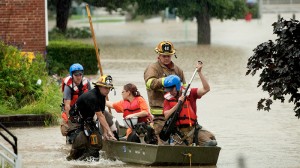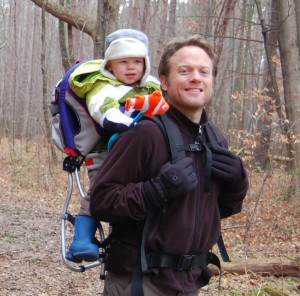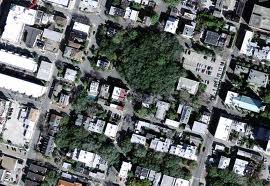 Storms, floods and hurricanes are an unfortunate reality in our world – one that often leads to damp buildings, mold and potential health problems.
Storms, floods and hurricanes are an unfortunate reality in our world – one that often leads to damp buildings, mold and potential health problems.
Here on EBL, we’ve discussed some of the evidence-based tactics for dealing with flooding. Now a new systematic review by the Cochrane Collaboration reviews the data available on preventing respiratory illnesses due to environmental mold.
The review included eight studies with 6,538 participants. In each study, researchers tracked incidence of asthma and respiratory illnesses after the removal of mold and dampness from family houses, schools and an office building.
The review found some improvements in health. For example, the number of emergency and inpatient visits decreased and students visited the doctor less frequently due to colds. On the whole, mold remediation decreased the severity and amount of symptoms in patients with asthma and respiratory infections.
But because each study measured different outcomes and designs varied widely, the authors found it “difficult to draw hard conclusions” and recommended better research.









